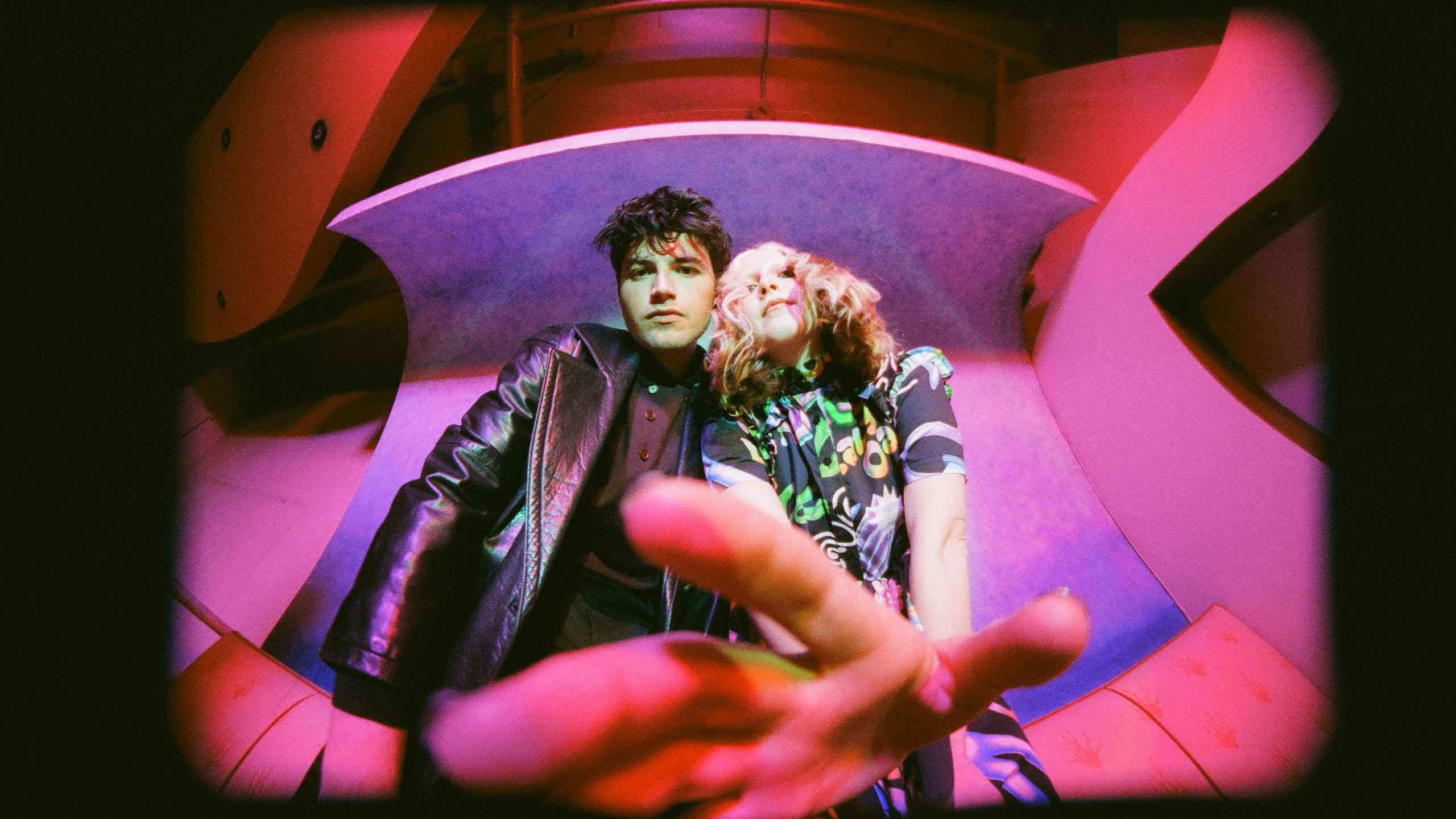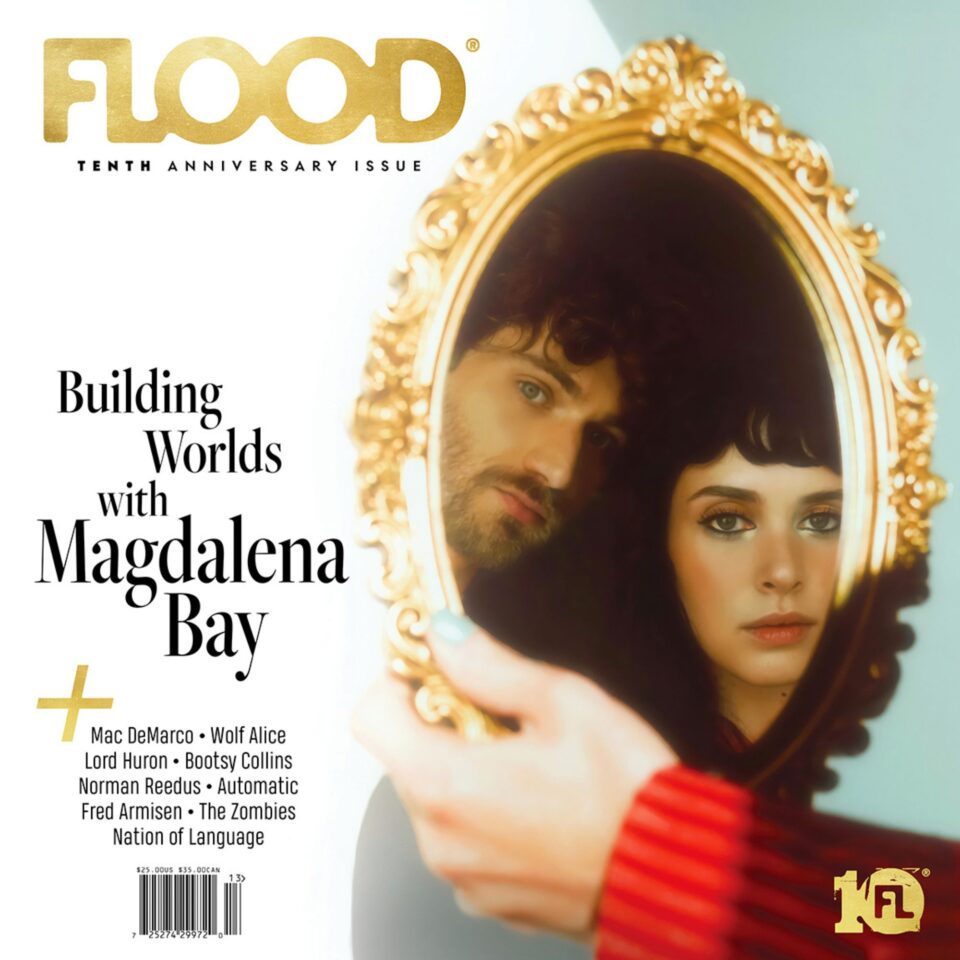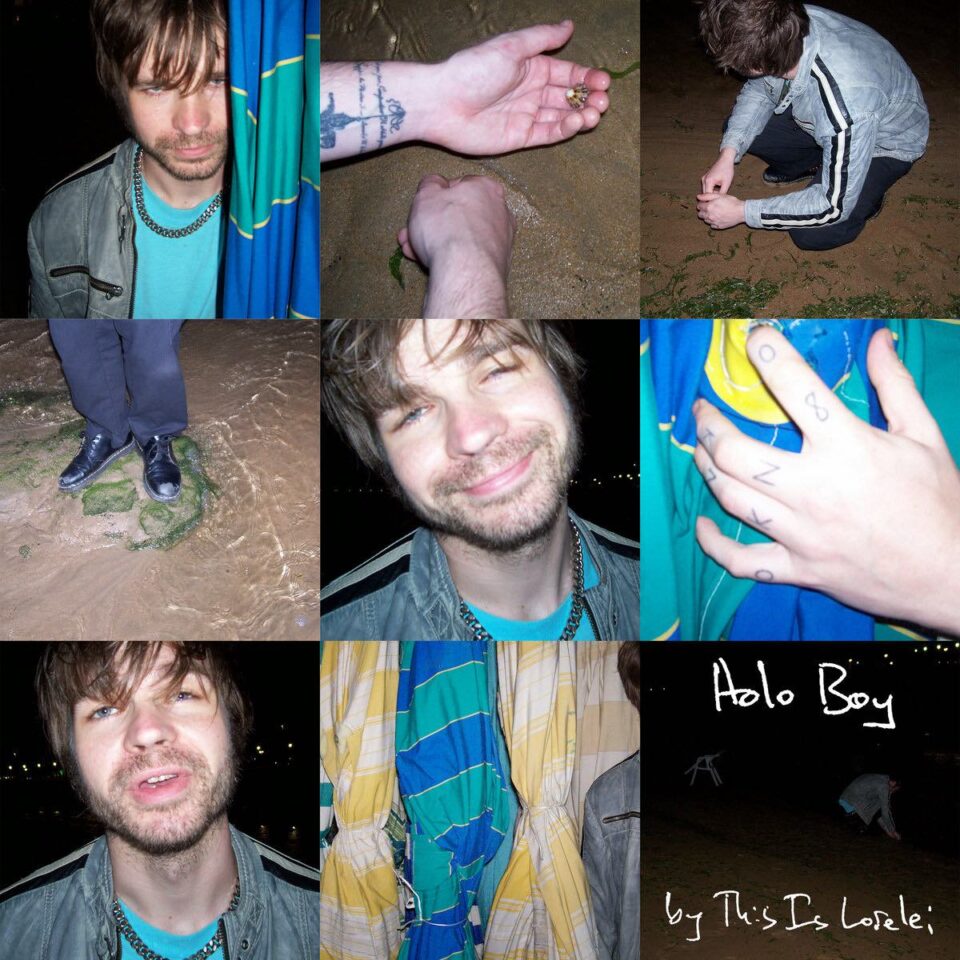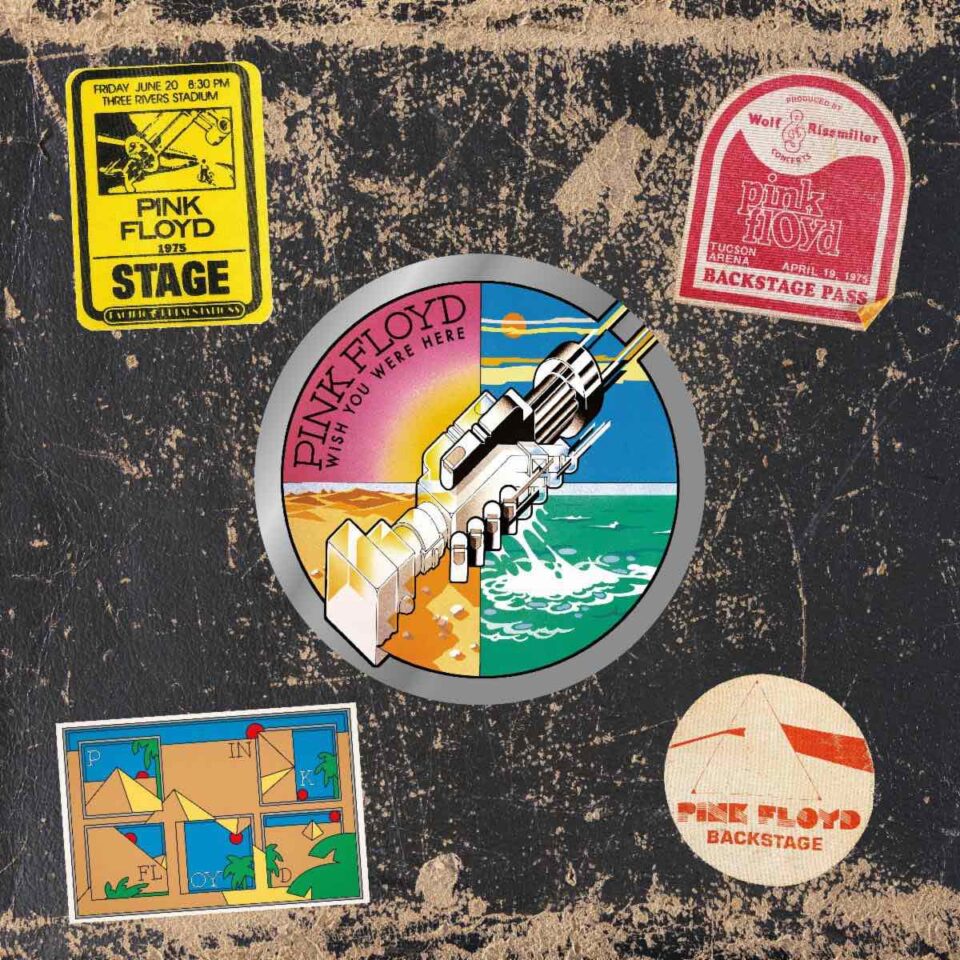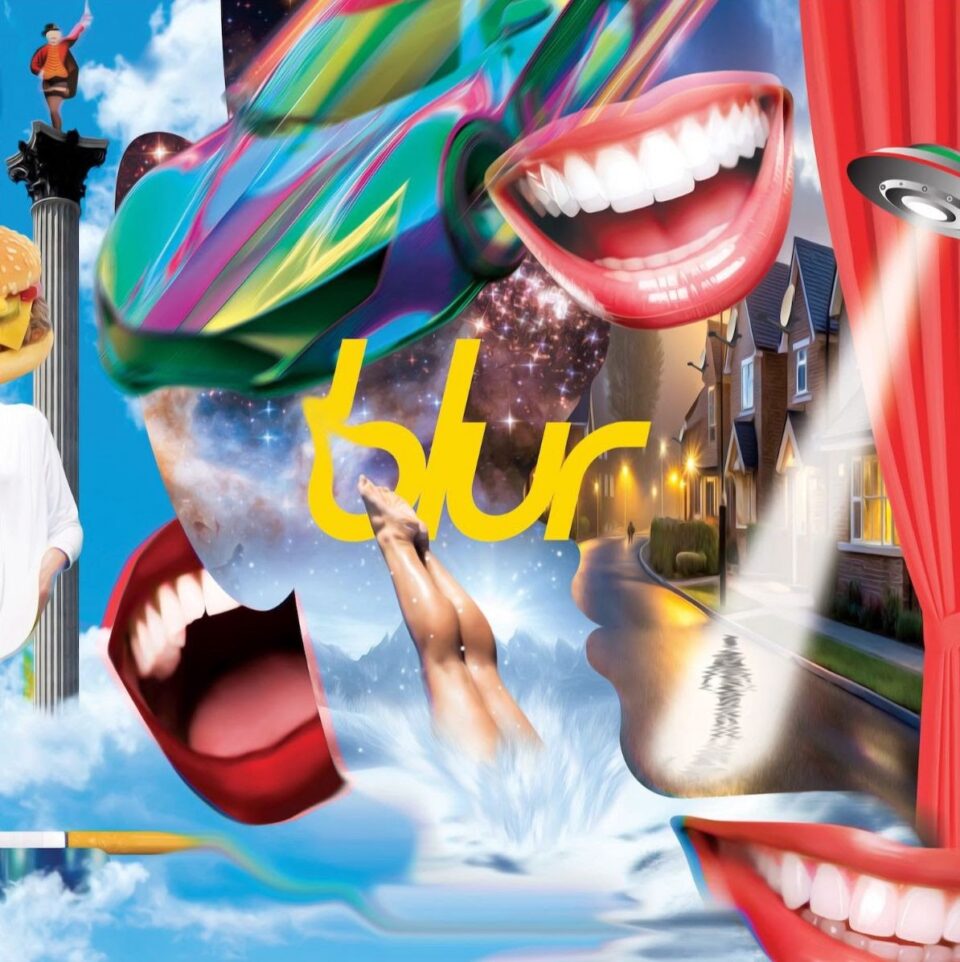It’s hard to say what’s more impressive about Diamond Day’s debut album Connect the Dots: the Montreal duo’s intensively studied and reverently recreated dream-pop palette or their tendency to experiment far outside of those parameters, pushing the genre even further into the future. Throughout the album, there are clear echoes of iconic figures ranging from Cocteau Twins to the recordings of Julee Cruise, Angelo Badalamenti, and David Lynch, with forays into more contemporary artists such as the psych-tinged landscapes of Candy Claws and revivalist peers such as Mad Honey.
Yet the record’s most defining moments are when they deviate from these influences and take things in a darker direction—such as on the title track, which nearly recalls the darkwave of Ladytron, “Fiction Feel,” which recreates the eerie guitars of Interpol’s “Obstacle 1,” and the instrumental “Turning,” which feels more purely Lynchian than anything he collaborated on with Julee Cruise. “When we think of dream pop, we think of awkward confidence and ambitiously vulnerable music,” vocalist Rosier’s Béatrix Méthé shares. “A genre rooted in such a transitional period of record-making history ranges from Robin Guthrie’s electronic maximalism to the acoustic minimalism of Kramer.”
Tapping into their extensive knowledge of the genre, Méthé and bandmate Quinn Bachand made a playlist compiling their biggest dream-pop influences on the new record with some additional tracks that worked their way into Connect the Dots’s DNA (including the song by Vashti Bunyan which the duo took their name from). “To be honest, we don’t really know what ‘dream pop’ is,” Méthé continues, “but we made a playlist with an attitude we associate with the genre and some sounds/feelings we tried to distill in the album… It’s hard to condense two years down to nine songs, but we hope this mix is enjoyable, outlines some inspiration, and gets you listening to Connect the Dots.”
Check out their picks below, and pre-order Connect the Dots here.
Vashti Bunyan, “Diamond Day”
We were close to finishing the record before we had a band name. Balancing these two worlds—acoustic folk and electronic pop—has always been a struggle. Vashti mysteriously bridged that gap when we were teenagers. She came to us from both the hardcore folkies and Animal Collective within the same year. “Diamond Day”’s confident vulnerability liberates anyone who listens. When Vashti opens her mouth, she invites you into her dream realm, no matter the musical context. Important note: This is not the only pick with recorder.
Malicorne, “Le luneux”
We both grew up with traditional music—me in a rural region of Quebec that puts Breton folk music on a pedestal. In the early ’70s, a few bands broke traditional music through to the mainstream; one was my father’s group, Le Reve du Diable. Malicorne were doing this in France, but in a rock band context: extremely nerdy and confident, long-winded acapella arrangements with aggressive medieval harmonies and a serious gothic aesthetic. This one is kind of their “Song to the Siren.” They’re hardcore dreamers who made it possible for us to be ourselves in traditional music.
Broadcast, “In Here the World Begins”
We just got into this album recently (it wasn’t an easy listen). Mother Is the Milky Way was a diverse concept album/audio project that followed Tender Buttons. By 2009, they’d honed their sound(s) and this mushy, glitchy, sample-based groove collage is the “acting single” on the record. Trish Kennan said something about their meticulous editing, that that decision-making process makes a song unique. Every Broadcast sound was enigmatic, and her philosophy was at the forefront of our recording process.
Gui.tar, “Sunkissed”
Shoegaze is synonymous with layered and loud electric guitars—Jazzmasters, DS-1s, Big Muffs, JCMs, etc.—but My Bloody Valentine were using these tools to make sensitive songs with broken harmony and through-composed-feeling linear guitar riffs. For some reason, following generations inherited the DS-1s, but the composition style was lost in translation. While Kevin Shields wasn’t following up Loveless, a German musician named Michael Luckner became impatient and made his own DIY follow up. Instead of buying a DS-1, he bought an IBM laptop and hand recorder and dove into ancient Greek literature. His masterpiece, “Sunkissed,” was the result, and it took shoegaze to another level in 2002. This record was playing non-stop during the making of our album.
Donna Regina, “Les Claviers de Couleurs”
“Sunkissed” featured vocals from Ayako Akashiba and Regina Janssen. Janssen’s band Donna Regina has a song called “Les Claviers de Couleurs” on their 2014 record Holding the Mirror for Sophia Loren. It mixes stream-of-consciousness lyrics and interesting bass movement with cinematic Badalementi-sounding pads on mid-2000s MIDI instruments. Such a unique sound that we admire.
Julee Cruise, “The World Spins” (Demo)
Before “Floating in the Night,” Julee Cruise, Angelo Badalamenti, and David Lynch recorded these demos at Excalibur Sound in NY—just Angelo and Julee tracking with David producing the songs he wrote (we had this dynamic trio in mind when making “Summerland” and “Tina”). Three Demos feels more like a classic Lynch production than the actual record. We love that. Quinn bought me this vinyl for my birthday, and when we put on side B, our hair stands up.
Sound of Ceres, “2nd Star Shroud”
Ryan and K Hover bear the torch of harmonically rich shoegaze. Candy Claws evolved into their new alias, Sound of Ceres, in 2014. Emerald Sea is an orchestral shoegaze epic that pulls from long-form, Shields-style compositions like MBV’s “wonder 2”—cyclical phrases with unnoticeable modulations by way of add2 and sus4 chords pivoting by semitones and thirds etc.—they cracked the Shields code and took it to the next level. With this record, they tethered in that Candy Claws, hard-to-define, ’60s chamber-pop aesthetic. “2nd Star Shroud” was in our ears when we made “Centre-Ville” and “Not Going.”
SPC ECO feat. Alan Moulder, “Shine on Down” (Overnight Mix)
Dean Garcia and Alan Moulder pushed everything forward with Curve. Dean’s new band, SPC ECO, continues into the digital age and pushes the boundaries of the genre. The Garcia family were all gifted with the ability to build perfect tracks in their sleep. Dream pop wouldn’t be what it is today without these two, and vocalist Rose Berlin is the next gen.
Diamond Day, “Come Over Here”
We were listening to SPC ECO’s “Shine on Down” while making “Come Over Here.” We started the song in my parents’ basement when the pandemic lockdown started and recorded a bunch of stuff there for a month or so. The song just so happens to contain all the cliches/tropes most would associate with dream pop—DS-1, glide Jazzmasters, washed-out Guthrie pads, cheap drum machines, and a shit ton of reverb—so mandatory to include.

